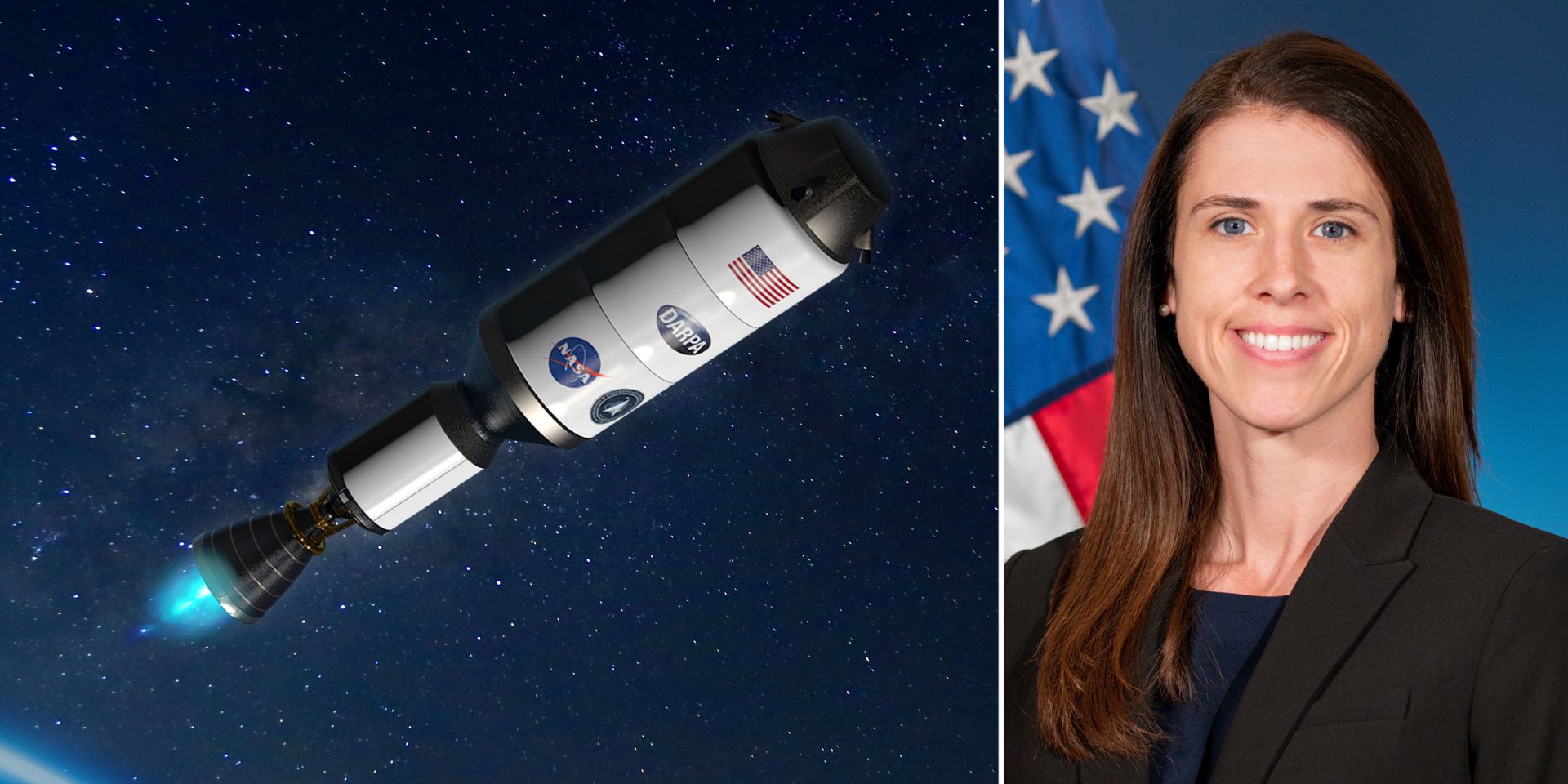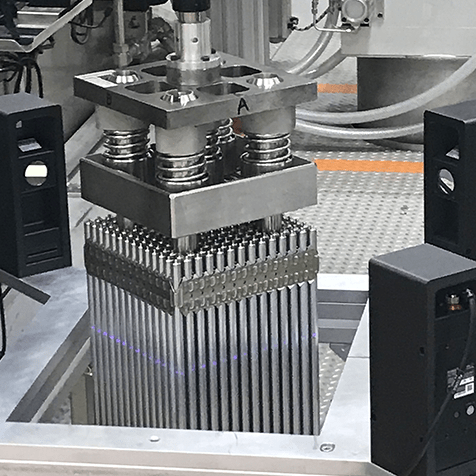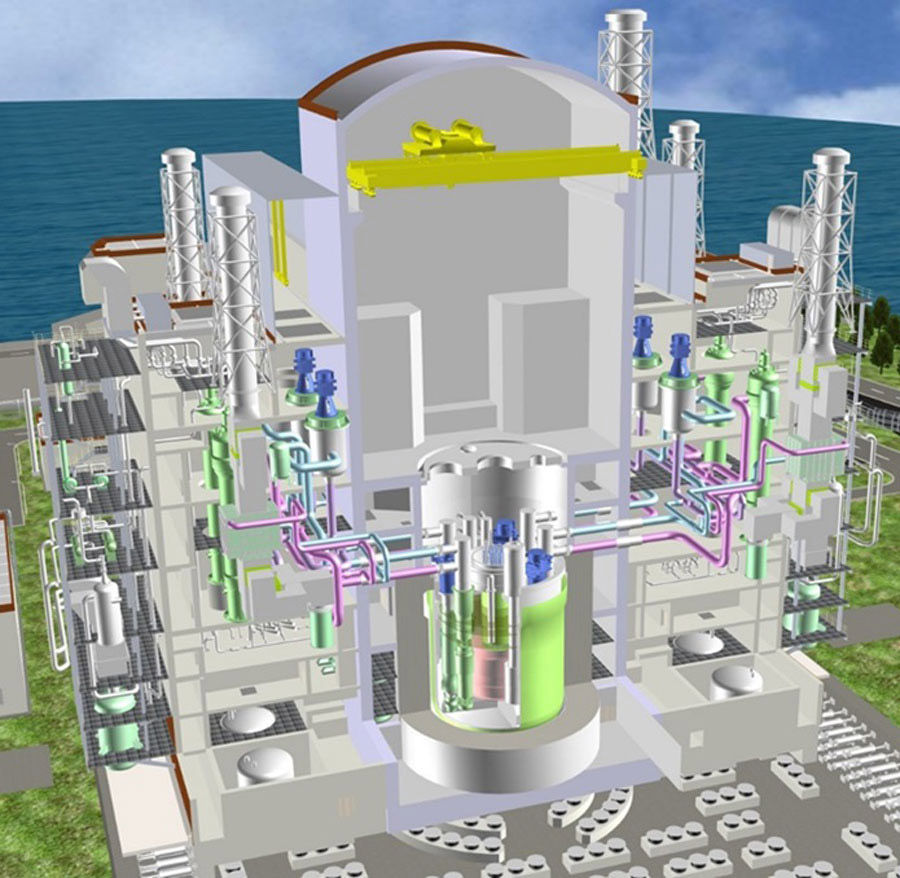The Vogtle-4 control room. (Photo: Georgia Power)
The Nuclear Regulatory Commission has authorized Southern Nuclear Operating Company to begin loading fuel into Unit 4 at the Vogtle nuclear expansion site near Waynesboro, Ga., making the unit the second reactor to reach this milestone in the agency’s combined license process—a little less than one year after Vogtle-3. (Prior to 1989, reactors were licensed under a two-step process, requiring both a construction permit and an operating license.)
An aerial view of Westinghouse’s Springfields Fuel Fabrication Facility, near Preston, Lancashire, in northwestern England. (Photo: Westinghouse)
Through its now one-year-old Nuclear Fuel Fund, the U.K. government has awarded Westinghouse three grants to upgrade and expand the Springfields Fuel Fabrication Facility to support Britain’s next-generation nuclear reactors, the American-based company announced yesterday.
Concept art showing Project Harmonia’s RSG for lunar surface missions. (Image: Zeno Power)
NASA has selected 11 companies, including Zeno Power, to develop technologies that could support long-term exploration on the moon and in space. The technologies range from lunar surface power systems to tools for in-space 3D printing, which will expand industry capabilities for a sustained human presence on the moon through the Artemis program, as well as other NASA, government, and commercial missions.
Eddie Saab, Westinghouse Canada president, speaks at the Canadian Supplier Symposium. (Photo: Westinghouse)
Westinghouse Electric Company welcomed 95 vendors to the Canadian Supplier Symposium last week to engage with current and potential suppliers for the company’s global new-build projects.
Upgrades to the particle accelerator enabling the record 1.7-MW beam operating power at the ORNL’s SNS included adding 28 high-power radio-frequency klystrons (red tubes) to provide higher power for the accelerator. (Photo: Genevieve Martin/ORNL)
The Spallation Neutron Source (SNS) at the Department of Energy's Oak Ridge National Laboratory set a world record when its particle accelerator beam operating power reached 1.7 MW, an improvement on the facility’s original design capability of 1.4 MW, ORNL announced on July 21. That higher power provides more neutrons for researchers who use the Office of Science user facility for materials science investigations.











